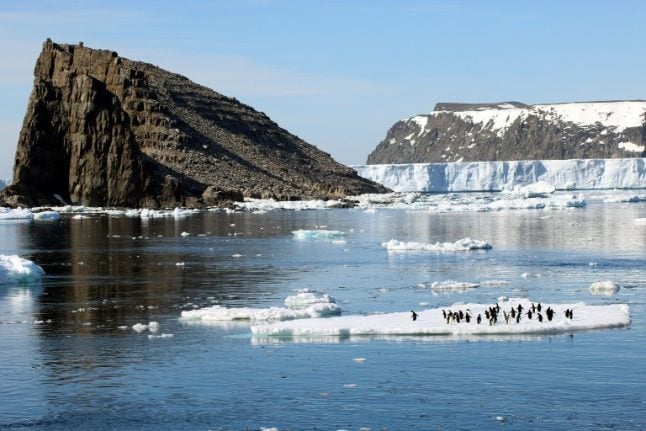NAVY
Spanish navy commander dies in Antarctica waters
A Spanish navy commander travelling on board an oceanographic research ship in the icy waters of Antarctica fell overboard and died, the defence ministry announced on Saturday.
Published: 3 March 2018 15:03 CET

A handout photograph released by Louisiana State University on Friday, shows Adélie penguins on sea ice next to Comb Island, Danger Islands, Antarctica. Photo: Michael Polito / LSU / AFP
It was unclear why Javier Montojo Salazar fell from the ship on Friday evening, not far from the Spanish “Juan Carlos I” base on Livingston Island.
Rescuers searched for his body for six hours before finding it, the ministry said in a statement.
The Hesperides ship is now travelling to Ushuaia in Argentina to start the process of repatriating the body.
Defence Minister Maria Dolores de Cospedal tweeted her condolences to Montojo's relatives and loved ones. “Rest in peace,” she said.
Hesperides is a ship that conducts research into marine biodiversity and other issues, and is also used to provide supplies to Spanish bases in Antarctica given its hull is reinforced, allowing it to navigate in icy waters.
Url copied to clipboard!


 Please whitelist us to continue reading.
Please whitelist us to continue reading.